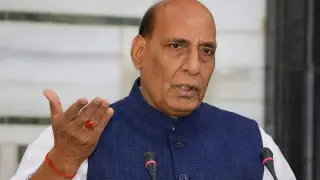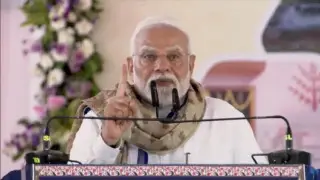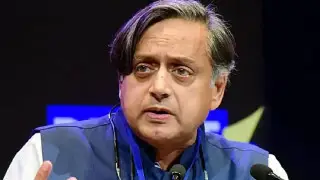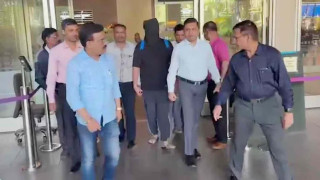
Top Indian News | India Daily English
The Candidate: As the political landscape of India gears up for the Lok Sabha Elections 2024, the emergence of Chandrashekhar Azad, fondly known as Ravan, as a significant Dalit leader has garnered attention. Filing his nomination for the Nagina constituency in Uttar Pradesh, Azad's trajectory from a law student with aspirations of studying abroad to leading the Bhim Army reflects a compelling narrative of social activism and identity assertion.
Wrapped in his trademark blue scarf, Chandrashekhar Azad, popularly known as Ravan, has become an emblematic figure in Dalit politics. His journey to prominence began amidst the socio-political upheavals in Saharanpur, Uttar Pradesh, where he spearheaded protests against Dalit victimization by the upper-caste Thakur community. Azad's activism culminated in the formation of the Bhim Army in 2015, alongside Satish Kumar and Vinay Ratna Singh, aiming to safeguard the rights and dignity of Dalits.
Azad's personal journey is marked by adversity and introspection. Following the demise of his father, Govardhan Das, Azad, who had contemplated pursuing further studies abroad, found a deeper purpose in addressing the systemic injustices faced by the Dalit community. Inspired by his father's struggles against caste-based discrimination, Azad embarked on a mission to uplift his community, channeling his grief into collective activism.
The Bhim Army's grassroots activism encompasses various initiatives, from erecting statues of Ambedkar to advocating for small-scale businesses among Dalits. Responding to instances of caste-based discrimination, the Bhim Army has emerged as a formidable force in western Uttar Pradesh, challenging the entrenched social hierarchy and providing a voice to the marginalized.
Azad's leadership reflects a broader trend of Dalit mobilization and assertion across India. As issues of Dalit identity and social justice gain prominence, younger leaders like Azad and Jignesh Mevani have risen to prominence, rallying against systemic oppression and discrimination. Despite accusations from political opponents, Azad remains focused on community welfare, advocating for self-respect and empowerment.
Chandrashekhar Azad's journey from a grieving son to a Dalit icon underscores the resilience and determination of marginalized communities in India. As he navigates the complexities of politics and activism, Azad's commitment to social justice and equality serves as a beacon of hope for millions. In the evolving landscape of Indian politics, Azad's leadership promises to shape the discourse on caste-based discrimination and empower future generations to strive for a more equitable society.













Copyright © 2025 Top Indian News
